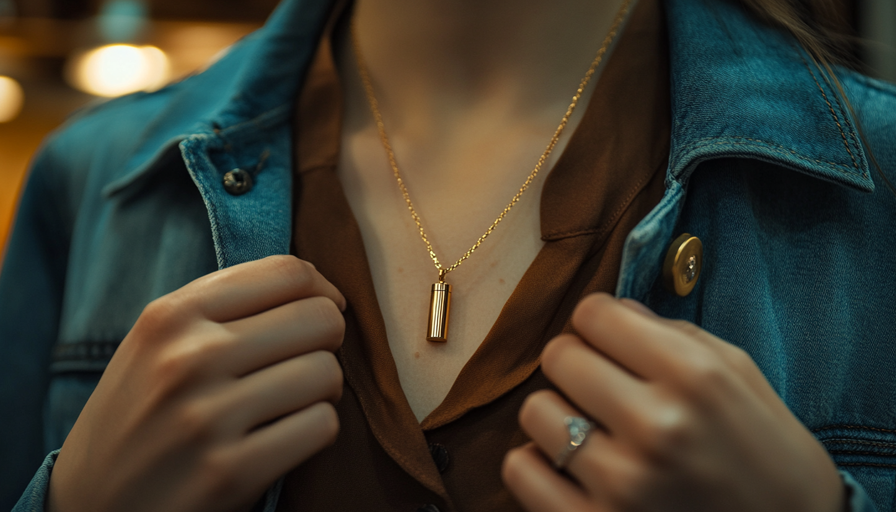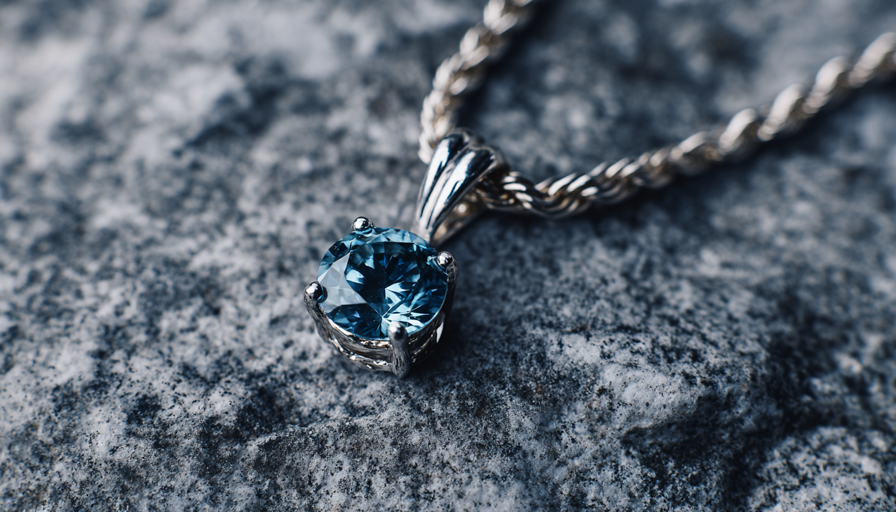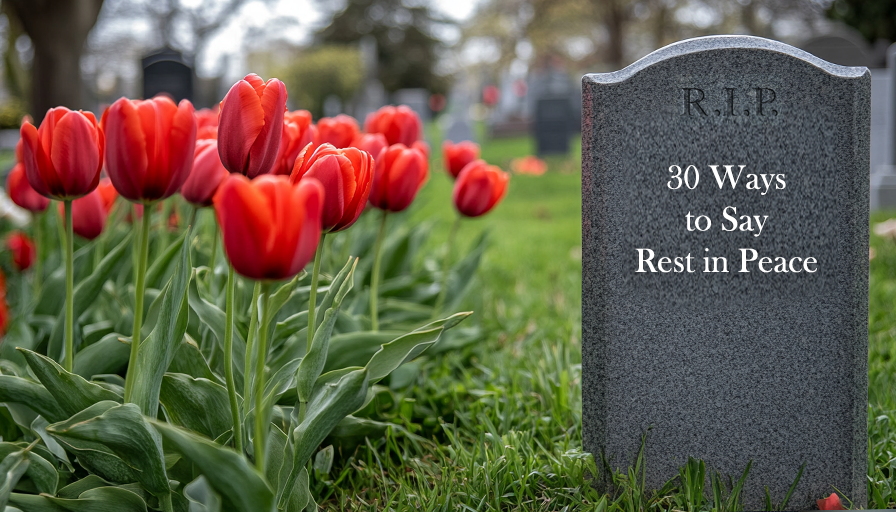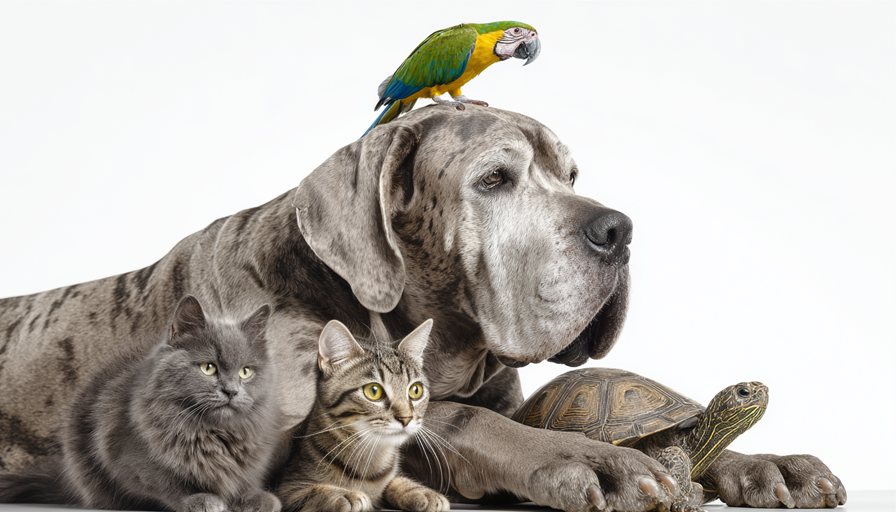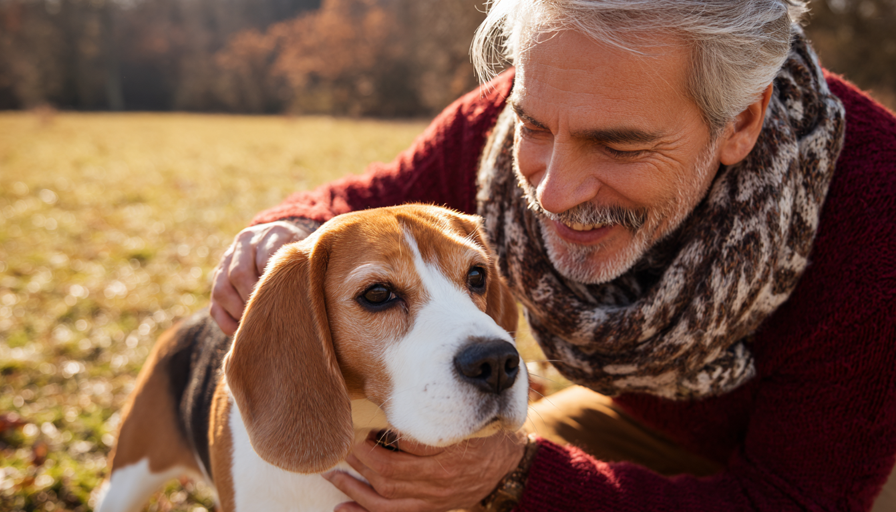The Tattoo That Stays: A Permanent Memorial
Images can speak louder than words. A butterfly chosen as a symbol of lightness and transformation, a rose that blooms eternally, a geometric pattern that conveys balance and strength, or a name in graceful script, forever visible. For many, a tattoo is more than just ink. It is a story, a memory, an identity. When someone passes away, the tattoo they carried often reflects who they truly were.
A tattoo urn, also called a tattoo-inspired urn, makes it possible for that image to live on. No longer on the skin, but on an urn that holds both the ashes and the memory. In this article we explore the meaning, the emotion, and the process behind a tattoo urn: what it feels like, how it is created, and why more and more families in Europe and now also in the UK are choosing this unique tribute.
The Power of a Tattoo
Tattoos are often chosen at defining moments. They mark a victory, a loss, a love story, or a deeply held belief. Sometimes playful, sometimes symbolic, they always say something about the person who wears them.
When someone dies, that tattoo is often one of the most vivid memories. You remember where it was placed, the story behind it, or the moment they explained why that design mattered.
A tattoo urn captures that feeling again. The lines, colours, and symbolism are carefully transferred to the urn, keeping the tattoo visible and close – a silent witness to the life that was lived.
From Skin to Urn: An Intimate Process
Creating a tattoo urn begins with memory and ends with something tangible. Sometimes there is a clear photograph of the tattoo. In that case, the artist can faithfully reproduce the lines and details on the surface of the urn. But even without a photograph, it is possible.
Families often describe what they remember: “A butterfly, elegant, with dots along the wings” or “A rose, not too large, with a date underneath.” From these words, the creative process begins. A sketch is made, examples are shared, and step by step the design takes shape until it matches the memory.
This process itself is often just as valuable as the finished urn. Talking, remembering, and working together on the details helps families reconnect with their loved one. Find out more about designing a personalised urn.
*Many of our urns are suitable for painting. They are usually primed first before being hand-painted by our artists. Most urns can also be engraved for an even more personal touch.

Materials That Speak
A tattoo urn can be created from different materials, each with its own character:
- Ceramic: soft and refined, perfect for subtle colour transitions and delicate detail. Here you can find urns that can be hand-painted with a tattoo design.
- Metal: sleek and modern, ideal for sharp lines or bold contrasts. Stainless steel urns are especially suitable. Stainless steel urns.
- Wood: warm and organic, adding depth and natural texture to painted designs. Here you can find the wooden urn suitable for painting.
- Natural stone: robust and serene, particularly fitting for minimalist motifs such as geometric shapes or single-line drawings. Here you can find a customisable granite urn.
The chosen material determines how the tattoo translates onto the urn. Ceramic allows for flowing brushstrokes, while metal holds sharp graphic lines. Each urn becomes both a memorial and a work of art, reflecting the personality of the loved one.
Symbolism That Lasts
Many tattoos are chosen for their meaning. That symbolism becomes even more powerful when carried onto an urn:
- A butterfly symbolising freedom and transformation
- A bird representing the soul taking flight
- A rose embodying eternal love and beauty
- A lotus for growth and inner peace
- A compass for guidance and loyalty
- A name or date, eternal and unmistakable
By incorporating these motifs, the urn gains layers of emotional meaning. It becomes recognition for those who knew the tattoo, and comfort for those who want to keep the memory alive.
A Place at Home
A tattoo urn does not need to be prominent. Many families choose subtle designs that blend harmoniously into their home. An urn can be placed on a sideboard, in a niche, or in a special memory corner.
Some combine it with a candle, a photograph, or flowers. Others give it a central place in the living room. The design can be discreet – a small motif only visible up close – or bold, making the urn itself a piece of art.
Stories from Families
Bereavement and remembrance are universal, but the way families choose to remember is always personal. In the UK, just as in other parts of Europe, tattoo urns are chosen for their individuality.
- A daughter in London chose a ceramic urn hand-painted with her mother’s favourite lotus tattoo. Enlarged slightly, yet still subtle, it became a daily reminder of her presence.
- A man from Manchester asked for the swallow tattoo his father had carried on his arm. The bird was painted on a stone urn, with coordinates of their family home beneath.
- A family in Edinburgh commissioned a stainless steel urn with a bold compass motif, reflecting their father’s love of sailing and his constant sense of direction.
Each story is different, but all show how tattoos can connect memory with identity.
Why Tattoo Urns Offer Comfort
 Families often tell us that a tattoo urn helps them keep their loved one close. It is not just an urn, but an object that expresses in one image: this is who they were. It combines daily presence with a visible reminder recognised by everyone who loved them.
Families often tell us that a tattoo urn helps them keep their loved one close. It is not just an urn, but an object that expresses in one image: this is who they were. It combines daily presence with a visible reminder recognised by everyone who loved them.
A tattoo urn is therefore not simply a container for ashes, but a piece of art and emotion. It makes loss a little more bearable and memory far more tangible.
The Tattoo That Endures
A tattoo is often chosen to be permanent. When someone dies, that tattoo becomes one of the most powerful symbols of their life. With a tattoo urn, that ink is preserved – no longer on the skin, but on an urn that remains.
Whether it is a butterfly, a rose, a compass, or a geometric design, each tattoo urn tells a story. A story rooted in the personal history of the loved one, and carried forward by their family.
A tattoo urn is more than a memorial. It is a lasting tribute, a work of love and symbolism, and above all, a sign that the lines of a life never truly fade.
Want to know more?
If you’d like more information about commissioning a tattoo urn, please feel free to call us, send us an email, use our live chat, or complete the contact form. We will be glad to help you personally.





